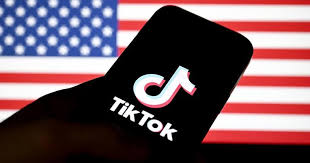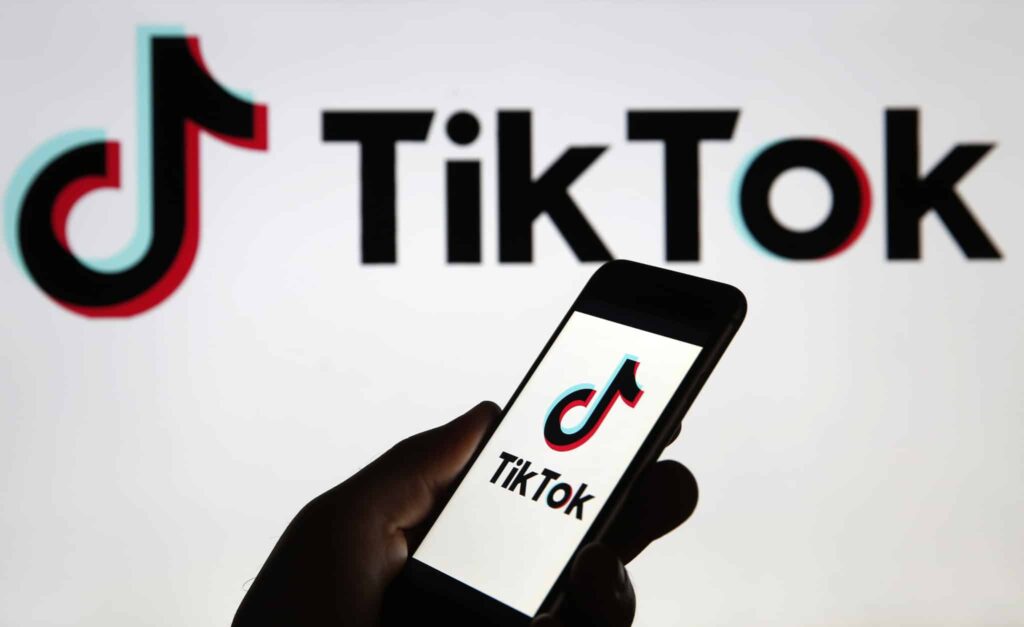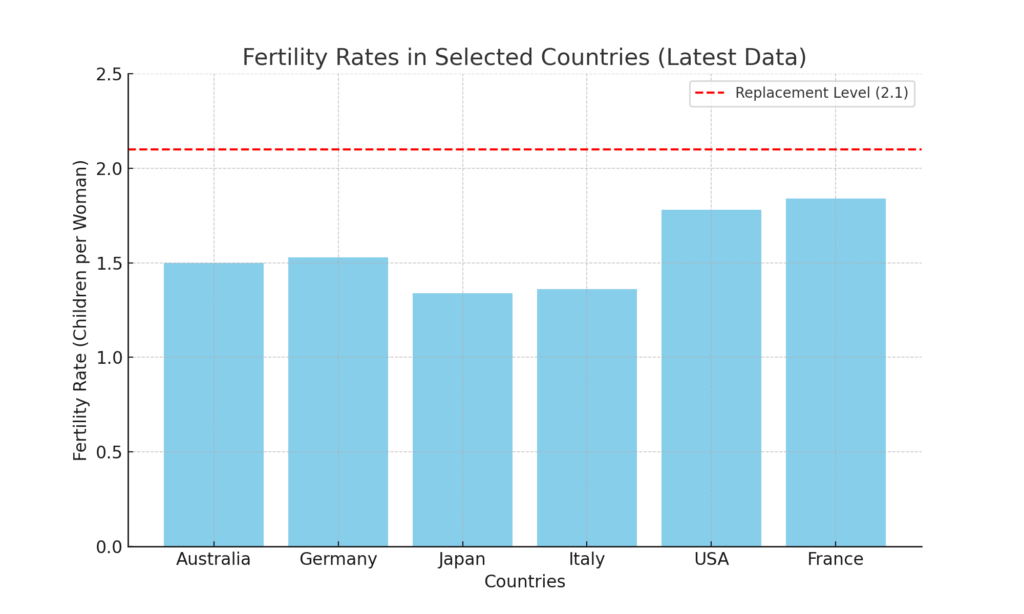2025 has been full of exciting news for mobile gamers. With the recent smartphone updates, developers are working overtime to create better mobile game experiences that can take on PC and console games. Whether you’re a casual player looking for some entertainment or a professional gamer searching for something new and challenging, you’re at the right place.
These are the best mobile games to play in 2025, and the best part? These games are all compatible with Android and iOS devices.
Top 10 Mobile Games of 2025
So here’s our list of the top 10 mobile games in 2025.
1. Genshin Impact

If you haven’t tried Genshin Impact yet, you’re missing out on a huge chunk of fun!
Genshin Impact is a free-action RPG where you can explore a big open world, fight enemies, and follow exciting stories. This game gets its inspiration from The Legend of Zelda: Breath of the Wild. What sets this game apart from the others is its regular updates that add new areas, characters, and events. With cool visuals and tons of content, Genshin Impact is perfect for anyone who loves adventure games with some depth and amazing visuals—and the best part? It’s completely free to play!
2. Honkai Star Rail

Honkai Star Rail, also made by the creators of Genshin Impact, is a turn-based RPG that has created its own niche in gaming. This game is set in a sci-fi world; it features a colorful cast of characters, exciting stories, and different planets to explore. The battles mix strategy with cool animations, making it fun for both experienced RPG fans and beginners. With a big focus on storytelling and adventure, the game keeps getting better and better.
3. Forge of Empires

For fans of strategy games, Forge of Empires is a classic game and is still popular in 2025 after all this time. The game allows you to build and grow your own city, going through history from ancient times to the future. It’s a fun and educational game, with a mix of city-building and tactical battles. If you love history or strategy games, this one’s a must-try!
4. Jetpack Joyride

Jetpack Joyride being one of the best mobile games in 2025 isn’t a surprise and proves that simple games can be incredibly fun. You play as Barry Steakfried, a quirky hero using a jetpack to dodge a bunch of obstacles in this endless runner. Even though it’s been around for a while, its frequent updates keep it exciting with new power-ups, challenges, and themes. It’s perfect for quick, lighthearted fun when you have a few minutes to spare.
5. Slay the Spire

Slay the Spire is a top 10 strategy game that mixes deck-building with roguelike features. You climb a mysterious tower, fighting enemies and making important choices along the way. What makes it so fun is that each playthrough is different, and your decisions impact the game. Now available on mobile, it lets you enjoy its deep, strategic gameplay wherever you are.
6. Hero Wars

Hero Wars is often misunderstood due to its misleading ads, but the actual game is a gem for RPG fans. You gather and train a team of heroes to conquer dungeons and defeat powerful bosses. The game’s progression system keeps you hooked and rewards you as you collect better gear and unlock new characters. It’s easy to get lost in, with a mix of casual gameplay and deeper RPG elements that appeal to a wide range of players.
7. Reigns

Reigns combines humor and strategy in a way few games do. You swipe cards to make decisions as a ruler in a medieval kingdom, and every choice leads to surprising (and often funny) results. With its quirky story and entertaining graphics, it’s a great choice for players who enjoy fun, story-driven games.
8. Monument Valley Series.

The Monument Valley series is a beautiful mix of art and puzzles. Known for its simple visuals and tricky challenges, it’s as much about the experience as the gameplay. With amazing designs and soothing music, it offers a relaxing break from everyday stress. The sequel improves on the original with tougher levels and a touching story.
9. Paper Trail

Paper Trail is an indie game that mixes creative puzzles with a touching story. You move paper-like environments to solve challenges and reveal the plot. Its fresh gameplay and calming visuals make it a great choice for those who enjoy creative and meaningful games.
10. The Elder Scrolls: Castles

Fans of the Elder Scrolls series will love this mobile adaptation. The Elder Scrolls: Castles mixes city-building with RPG elements, allowing you to manage a kingdom while exploring its rich story. It’s a great mix of strategy and adventure, perfect for players who like games with both depth and easy-to-learn gameplay.
Mobile gaming in 2025 proves that mobile phones can deliver experiences as good as the traditional gaming platforms. These games show you the best of what the industry has to offer, from breathtaking visuals and exciting narratives to addictive games. Whether you’re in the mood for strategic battles, relaxing puzzles, or crazy adventures, these are the best mobile games in 2025 that will keep you entertained for hours.
The future of mobile gaming looks brighter than ever, so grab your device and start exploring these incredible games today.
Frequently Asked Questions About the Best Mobile Games of 2025
1. What are the best mobile games in 2025?
Answer: The best mobile games of 2025 include:
- Genshin Impact
- Honkai Star Rail
- Forge of Empires
- Slay the Spire
- Monument Valley Series
2. Are these games free to play?
Answer: Some of the mentioned games are free, but others provide you with optional in-game purchases or premium versions.
- Some free-to-play games include Genshin Impact, Honkai Star Rail, and Hero Wars.
- Premium or subscription-based games like Slay the Spire might require a one-time payment or service access.
3. What type of game is best for casual players?
Answer: If you’re looking for light, quick games:
- Jetpack Joyride is perfect for you.
- Reigns offers a simple card-swiping mechanic with humorous outcomes.
- Monument Valley provides a relaxing puzzle experience.
4. Can I play these games offline?
Answer: Some games, like Slay the Spire and Monument Valley, offer offline modes.
However, others like Genshin Impact and Honkai Star Rail require an internet connection for gameplay.




























































